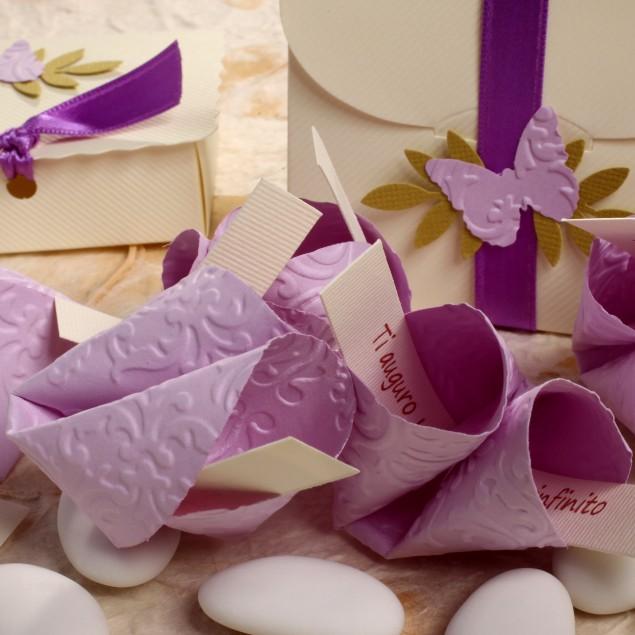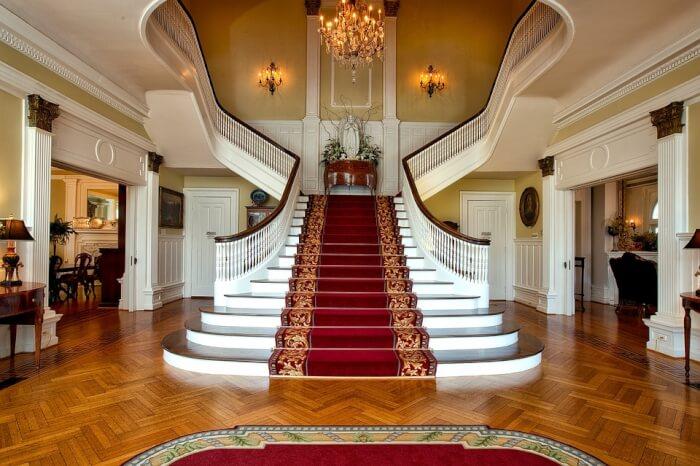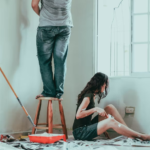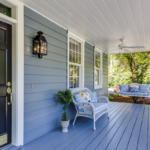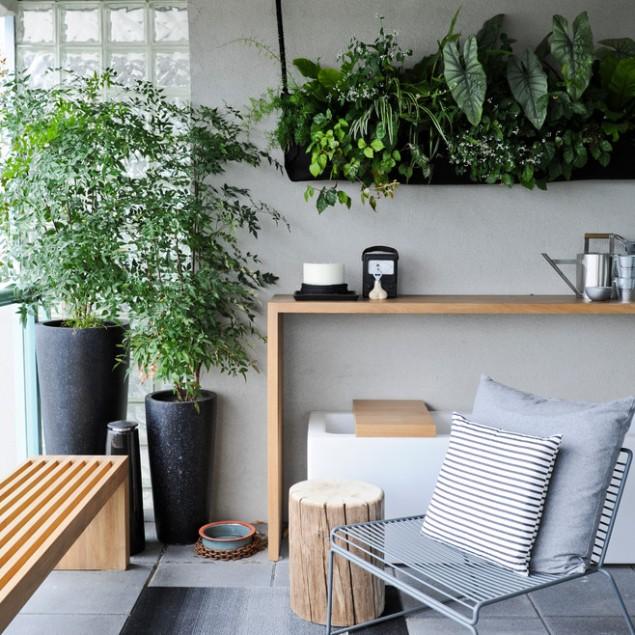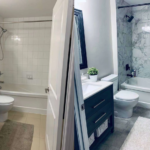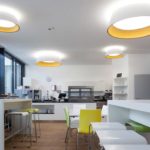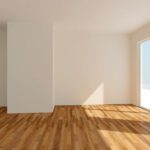Nature is an excellent source of inspiration for all kinds of design. Learn these examples of design in nature, and let your design practice flourish.
These days, one of the best ways to create are is to build a design in nature. Artists using natural elements found in the environment is becoming more popular. You can find sculptures and pieces created from leaves, branches, twigs, stones and more.
Nature designs are often romantic, innovative and extremely impressive. Though some of these are temporary works, many are made to last forever. There are some technology examples that could blow anyone away.
This isn’t about art created using things found around nature. This is about nature creating art within itself.
Learn these examples of design in nature, and let your design practice flourish|.
Using Trees for Inspiration
There aren’t many things more magnificent than a tree. One of the best examples of natural design is a tree with fruit, shade, or a simple Areca Palm. Now, imagine a tree with elements of 40 different trees.
Artist and Syracuse University professor, Sam Van Aken, has a design in nature that’s one of a kind. With a technique known as “chip grafting”, he’s created a unique nature design. He incorporates 40 different kinds of stone fruits that blossom in a variety of hues of color.
The main tree is called his “Tree of 40 Fruits”. It bears fruits that come out during the summertime. The project is both a piece of art and a diverse piece to have in the world.
Using Nature as a Paintbrush
Mother Nature is the ultimate artist and has all of the supplies you need all around.
For those who enjoy painting or can appreciate fine art, this is the nature design for you. Polish artist Jacek Tylicki took nature into his own hands back in 1973. He’d send canvas sheets into nature and leave them out for the wind, rivers, and animals to do the work.
After leaving them there in their natural environment, he’d return to masterpieces. By allowing Mother Nature to do the imprinting, he created Natural Art in its purest form. He’s even created a mini-documentary to shed some light on the process.
Working Bees are Artists Too
When Tomas Gabzdil Libertiny created a nature design, he went to the bees for help. He created an original piece using a vase-shaped hive made from wax sheets. Afterward, he gave bees the opportunity to colonize it and build a hexagon comb around the piece.
Libertiny wants this process to be known as “slow prototyping”. With his help embossing the vase with a honeycomb pattern, a design in nature was birthed. It took an impressive 40,000 bees over the span of a week to make the iconic Honeycomb Vase.
A Cow’s Lick Makes for Great Art
The first time that Gerard Moline made a design in nature was as a child. He’d put glass bottles into tree branches, similar to centerpieces. Once he noticed how the trees would grow around the branches his art has not been the same since.
His project “Salt” includes blocks of salt that have been licked by cows. He allows the cows to lick for hours (even days) until the salt block changes shape. Once the sculpture surfaces from the erosion created by the cow’s tongue, a work of art is revealed.
The Use of Houseflies
Another design in nature happens after John Kunth collaborates with over 250,000 house flies.
Kunth attracts thousands of flies through the use of maggots he purchases online. Then using the flies as artists, he isolates them from the canvas. Next, he feeds them sugar water with added watercolor pigments.
Once the flies naturally digest the sugar water, they begin purging the material out. Hundreds of thousands of flies are purging watercolor pigments onto a fresh canvas. This is how his masterful nature design comes to life.
The Bees Have Done It Again
Artist and beekeeper Ren Ri uses the power of bees and nature to create his artwork.
Since 2006, he’s created sculptures demonstrating the destruction and harmony of nature designs. He uses a queen bee and places her into a box for her worker bees to work around. After altering the queen’s position every week, he can manipulate the worker bees to create interesting pieces of work.
He is also known for his series of artwork involving beeswax-produced maps.
Natural Crystal Formations
Award-winning designer Tokujin Yoshioka started his nature designs through crystallization. He created a process of chemical synthesis to create art. This way, he’s able to support the development of crystals on a surface.
Incredible sculptures come from these naturally forming minerals. As they accumulate on the surface, these nature designs come to life. Any additional details, Tokujin keeps top-secret from anyone else.
Using Horses for Inspiration
Artist Cheryl Ward gains a lot of her inspiration from her family and upbringing. Her father was a professional artist and her grandmother rode horses in The Calgary Stampede. This influenced her work and inspired her to incorporate horses into her nature designs.
When she was visiting a horse one day with a pad and paintbrush, she was shocked to see the horse reach for the brush. The horse, Romeo, then made a connection between the pad and the brush. Once Ward added paint, she knew she had an artist on her hands!
She later brought along another horse for Romeo to mate with. The new horse later learned how to paint herself after watching Romeo practice a few times. And now, some of Ward’s greatest creations have come from this organic union.
Larvae Making Expensive Art
French artist Hubert Duprat uses caddisfly larvae to create one of a kind pieces of art. He uses their natural protective tubes made of things like sand, wood, stones, etc. for his material. He then replaces these tubes with more expensive materials like rubies, pearls, gold flakes and more.
He collects these cases once the larvae mature, flies away and abandon their luxurious nests.
Pure Lightening Made This Masterpiece
The late American sculptor Walter De Maria created The Lightning Field using a risky material — lightening. Her sculpture has 400 stainless steel poles placed in a grid array. The grid is 1-mile x 1 kilometer and is design to attract lightning.
Visitors can walk through the design or simply view it for a close-up experience. When it storms, you can see how the lightning strikes the structures and creates a unique nature design. Luckily, the lightning strikes don’t happen very often, but you can live vicariously through photos.
Appreciating Design in Nature
When Mother Nature gets the opportunity to make the artwork, some of the most original pieces emerge. It also allows for pieces beyond our imagination to come to life. Plus, we get to appreciate design in nature in our day-to-day life.
Nothing beats the collaboration of art and nature — these 10 artists have proved it!


